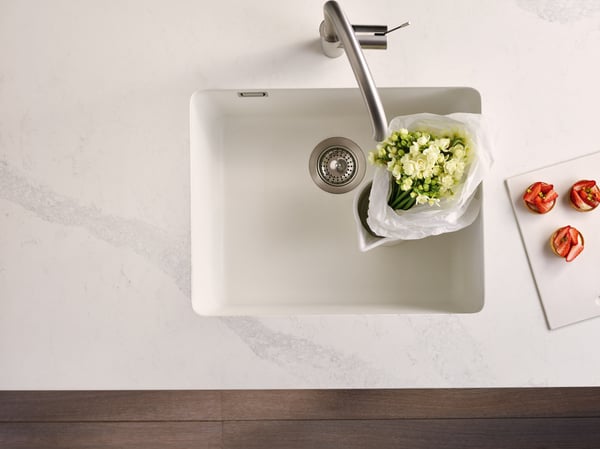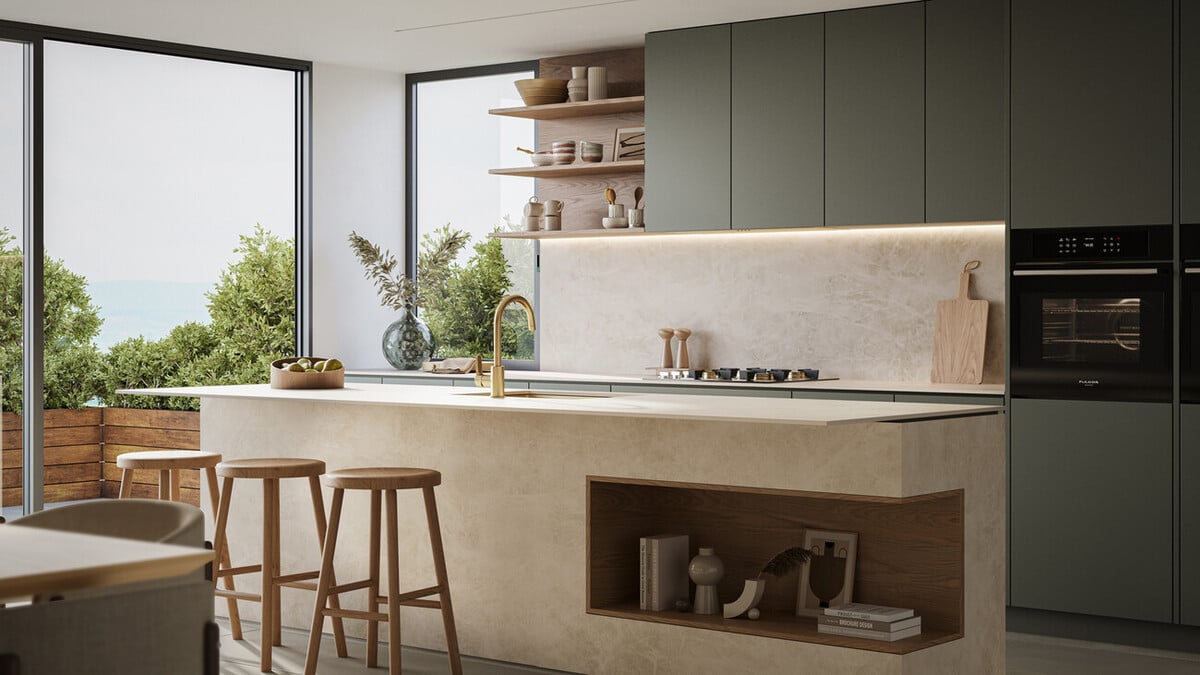
It is difficult to imagine what the world will look like in 2050 - it is a world of possibilities with ever-evolving technologies. But equally, the world will be under even greater pressure, with the global population expected to reach 9 billion. With this comes challenges around sustainability – food, water and energy supply will be at the height of demand and with it, nutrition and waste management are also important considerations. It will become essential to harness the potential of evolutionary design to tackle these challenges.
Over time, the kitchen has developed beyond recognition. From its humble beginnings as a fire pit in the ground, heating food was a pivotal step in the evolution of mankind. Technologies we take for granted are the fundamentals of the modern-day kitchen, which has been designed to meet our ever-changing and increasingly demanding needs. Refrigeration has increased the shelf life of food, electricity, gas and microwaves have sped up the cooking process, and packaged foods reduce preparation requirements in this increasingly time-pressured world.
So what will the kitchen of the future look like? How will we evolve our technologies and designs?

5043_Montblanc
Smart Appliances
With technology being utilised to improve efficiency and ease the strain of even the most mundane daily tasks, then be sure to expect even smarter, more innovative and intuitive appliances and gadgets in our kitchens. Fridges are being developed to have temperature-controlled zones to store different foods at the optimum temperature. Induction hobs will be fundamental and cooker hoods will have sensors installed, with suction automatically altered depending on steam production. Samsung is ahead of the curve, having developed a range of Smart Fridges with internal cameras that connect to your phone so you can monitor the contents to reduce food waste. Equally innovative, Brava has produced a countertop oven that uses high-intensity light rays to cook different foods at varying temperatures simultaneously, radically reducing cooking times and therefore energy consumption.
Eco Sinks and Dishwashers
The ultimate aim will be to have a fully closed-loop system in which no food, energy or water is wasted and recirculated back into the functionality of the kitchen. Washing up, whether by hand or appliance, is a notoriously water-intensive activity, but will evolve to reduce waste. Greywater will become recycled by filtering through to a separate tank to be used for plant watering. Dishwashers will be developed to use comparatively minimal water energy than present.

5131_Calacatta_Nuvo
Quartz worktops
Quartz is a fundamental of the future of kitchen design - comprising a powerful mix of natural and manmade components to create a superior worktop that is extremely hardwearing. This engineered stone is created by combining natural quartz and resins to form a material as strong as granite. But it betters the popular stone in that quartz withstands scratches and stains, is heat and cold resistant, and being non-porous, is easily maintained. This innovative worksurface cleverly combines durability with timeless and elegant design.

5031 Statuario Maxima
3D printed food
3D printing is not a new concept and has been in existence for a few years, with leading technology companies trialling and testing this notion. Mechanical objects, such as cars, will likely spring to mind initially for this forward-thinking manufacturing process, rather than anything edible. Whilst the idea of printed food may not sound particularly appetising, it is a real possibility for the future of cooking and could revolutionise the way we use our kitchens in years to come, economising time and labour required to cook even the most complex of food. As discussed in The Guardian, this process will also help the environment, reducing emissions by eradicating transportation of food and eliminating the need for harmful packaging.
Images Source: Caesarstone


